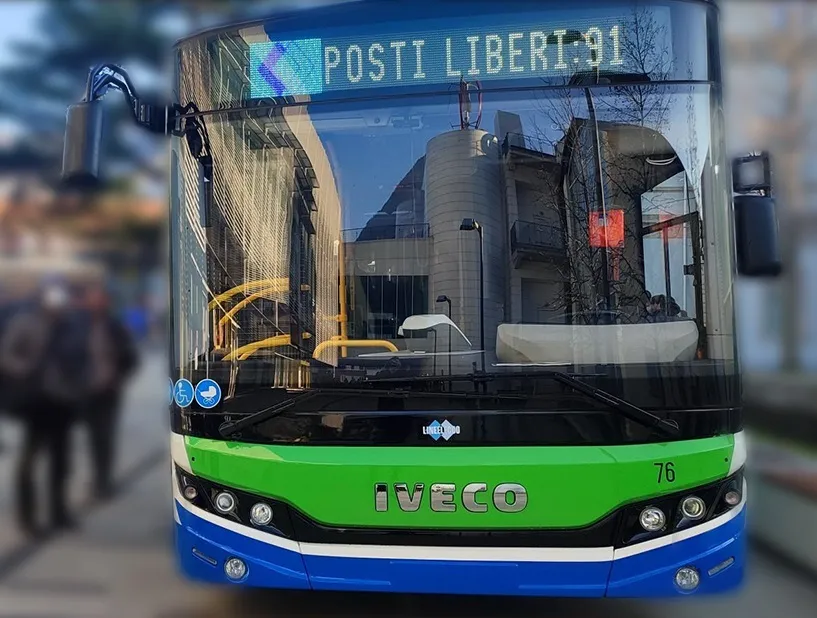Public transportation and mobility provider
Called Conduent Seamless (CS), the mobile app offers a ticketless approach to public transit by allowing operators to install near field communications (NFC) tags provided on their transport network, including trains, buses and trams.
To travel, riders tap their smartphone on any CS NFC tag which creates and stores an encrypted transaction and relays it to their smartphone. Billing is processed automatically at the end of the month, based on number of trips completed on various transport providers.
The app can be downloaded onto a NFC-enabled Android smartphone and requires riders to register with CS to activate their account. The app will also be available for use with Bluetooth-enabled Apple iPhones soon.
The TA provide data for agencies to better manage transportation networks and accurately forecast adjustments to routes, service frequency and stop locations.
Finally, MSS helps staff to effectively respond to incidents, road calls and service issues by offering a two-way communication between supervisors and vehicle operators. It enables dispatch, creates detours and can map views of vehicle locations with turn-by-turn directions. It is accessible using any smartphone, tablet, laptop, or PC via iOS, Google, Android and Windows operating system.
Conduent showcases products at annual American Public Transportation Association Expo
Public transportation and mobility provider Conduent has announced a transportation app, available now to public transit agencies in the US, Canada and Europe, will be on display at the annual American Public Transportation Association (APTA) Expo. The new Transportation Analytics (TA) and Mobile Supervisor Solution (MSS) will also be on display at the event.
Called Conduent Seamless (CS), the mobile app offers a ticketless approach to public transit by allowing operators to install near field communica
October 6, 2017
Read time: 2 mins









